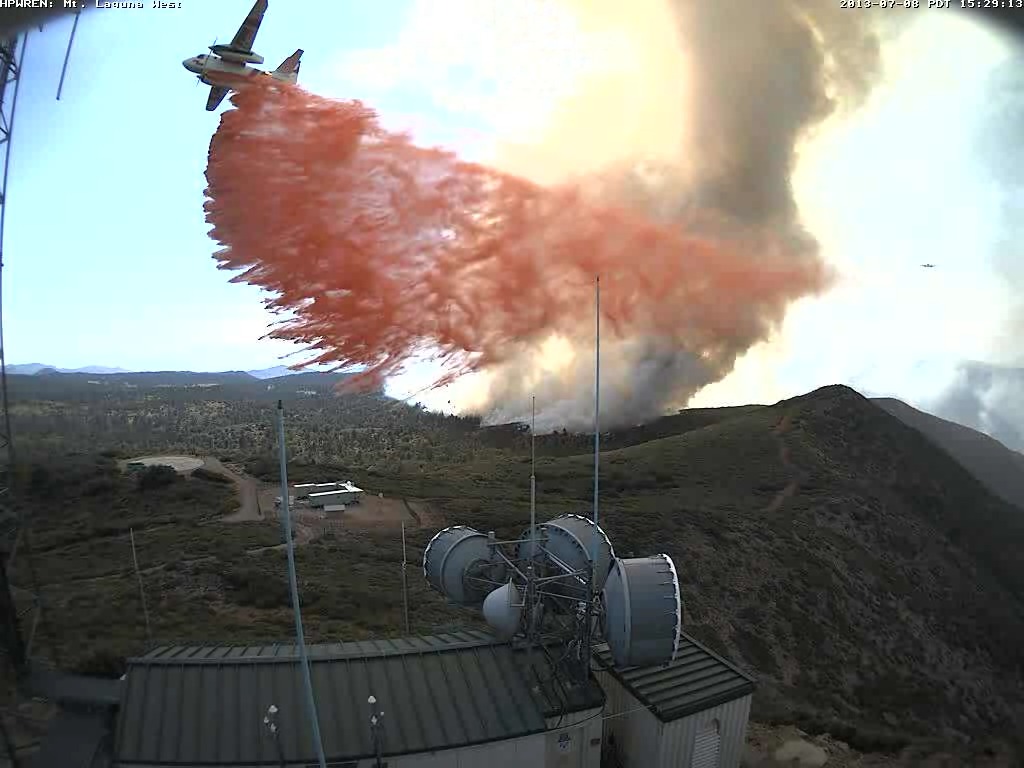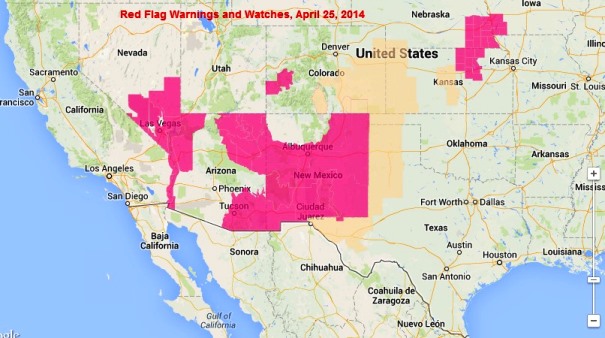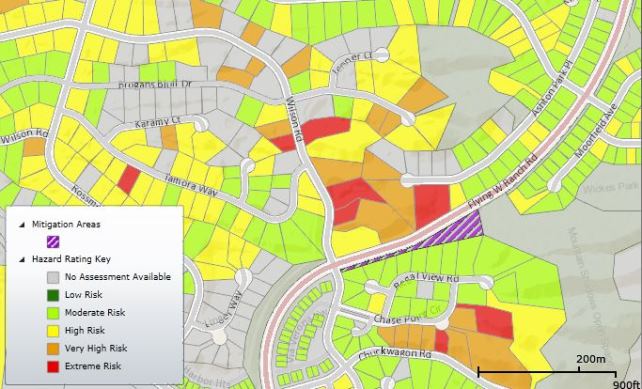The “Safety Matters” group (“A Wildland Firefighter Forum for Change”), is asking for firefighters to express their opinions about the need, or lack thereof, of making changes to the 10 Standard Firefighting Orders and the 18 Watch Out Situations. On their Facebook page the group posted the following:
****
“We agree that the 10 & 18 were designed for firefighter safety, to cover all safety bases on the fireline.
We would like to raise an important consideration. Fire seasons have become longer. Fire behavior is more extreme. There are numerous accounts of fire behavior that “outperforms our expectations”. The new normal is considered to be extreme fire behavior. Drought is rampant; fuel moistures remain critically low and do not recover. Global warming is discussed, and radical weather is seen across the globe. Red flag warnings are becoming typical, more homes are lost in the WUI, and more acres are burned each year. But more importantly, wildland firefighters are exposed to increasing risk while doing the same job.
The 10 Standard Firefighting Orders and the 18 Watch Out Situations were developed in past decades to reflect wildfire conditions at the time of their development.
Is it possible that the 10 and 18 need to be reevaluated, reassessed and reconfigured to reflect a changing fire regime, an increase in fire severity and an obvious shift in what firefighters can expect on the fireline, a shift to the extreme?
Certainly the 10 and 18 should exist in some standard form, but is it possible that they need our careful reevaluation in order to keep pace with and reflect our changing conditions and circumstances?”




